You are now leaving Centuria Australia
and entering Centuria New Zealand.
Centuria boss says industrial ‘well supported’
Centuria Industrial boss Ross Lees maintains Australia’s grass-roots economic strength and diverse industrial activity will continue to support demand for mid-range space.
Amid heightened nervousness about toppish valuations reflected in record low yields, Mr Lees said of the sector: “It’s not one size fits all.”
“What happens inside an office building is all the same. With industrial it’s like a day on Discovery Channel, there’s always something interesting happening.”
Animal instincts are certainly alight within the drab and anonymous walls of the warehouses that dot locations such as Truganina in Melbourne and Chullora in Sydney.
The ‘shop to shed’ trend of e-commerce suppliers deposing physical retailers is influencing demand. But so too is the revival of smaller traditional manufacturers, spurred by the Australian dollar drifting back to less punitive levels and the declining relative cost of labour flowing from automation.
The biggest pure-play real estate investment trust (REIT) with $1.1 billion of assets, the ASX-listed Centuria has also battening down for tougher times by reducing gearing and improving the leasing tenor across its portfolio.
But if Lees is concerned about the cooling residential market flowing through to an industrial sector shakeout, he’s not letting on. On balance, Centuria is interested in buying assets “in a measured fashion”, having purchased $120 million of property and divested $40m in the last 12 months.
“In Sydney, yields are moving to unprecedented lows of 6 per cent and are moving to 5 per cent,” Mr Lees said.
“With yields at historical level we haven’t seen before, the natural inclination is for people to be uncomfortable. While no-one has a crystal ball, we think (the sector) is pretty well supported.”
He said the Sydney market was seriously land constrained, with the squeeze apparent in areas such as Homebush, Lidcombe, Moorebank and Chullora.
“While councils are cognisant of retaining employment bases, buildings are likely to be inefficient because they can’t operate around the clock, or truck access is limited.”
Mr Lees said the Melbourne market was more resilient, especially given the angst leading up to Ford, Toyota and General Motors Holden ceasing local manufacturing.
Overall, he said, the sector was likely to remain well supported because of the more diverse profile of buyers. “We are seeing a gradual introduction of REITs coming back into the industrial market after pulling back in 2009,” he said.
“Singapore-based buyers (such as Maple Tree) are out in force, a trend that’s been strengthening since 2014-15.”
Private equity buyers are also dusting off their wallets, as are wealthy individuals.
Centuria’s warehouse assets are underpinned by prime tenants such as Woolworths, Australian Wheat Handlers, Greens Foods and packager Orora.
But while these may be big-name lessees, Centuria is not interested in the mega-warehouse developments linked to automation, such as Charter Hall’s 16 hectare state-of-the-art project in Dandenong South on behalf of Woolworths.
“Those assets don’t excite us,” Mr Lees said. “They are interesting but we prefer buildings on average 20,000 square metres, because they are the buildings we know we can keep leasing.
“There aren’t that many suitable tenants for an 80,000 sq m plus facility, but with 10,000-15,000 sq m (properties) there’ll always be turnover.”
Mr Lees said that unlike a few years ago, tenants were requesting longer-lease terms, rather than having to be offered incentive as in the past.
This change of attitude – driven in part by investment in automation – has helped Centuria increase its weighted average lease expiry (WALE) to 5.2 years from 4.4 years 12 months ago (or 3.4 years taking into account the natural WALE reduction over the period).
The flurry of activity means Centuria will have re-leased 33 per cent of its portfolio in the 2017-18 year. A further 17 per cent was leased in 2016-17, meaning half the portfolio has turned over since Centuria obtained the management rights to the trust from 360 Capital in late 2016.
Leasing rates will start reflecting current land values, which have doubled in Sydney and Melbourne. In both cities, pre-lease incentives have tapered over the last two years.
“There’s not much stock, so the next developments will reflect the higher land cost and required rates of return,” he said. “The days of the pre-lease market undercutting existing buildings are behind us.”
By Tim Boreham
Sydney Morning Herald
